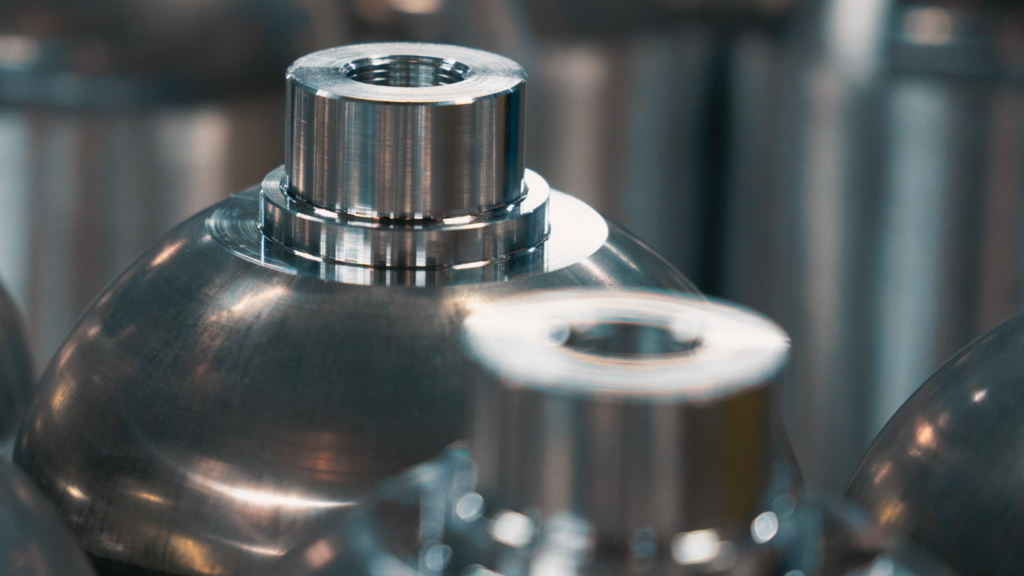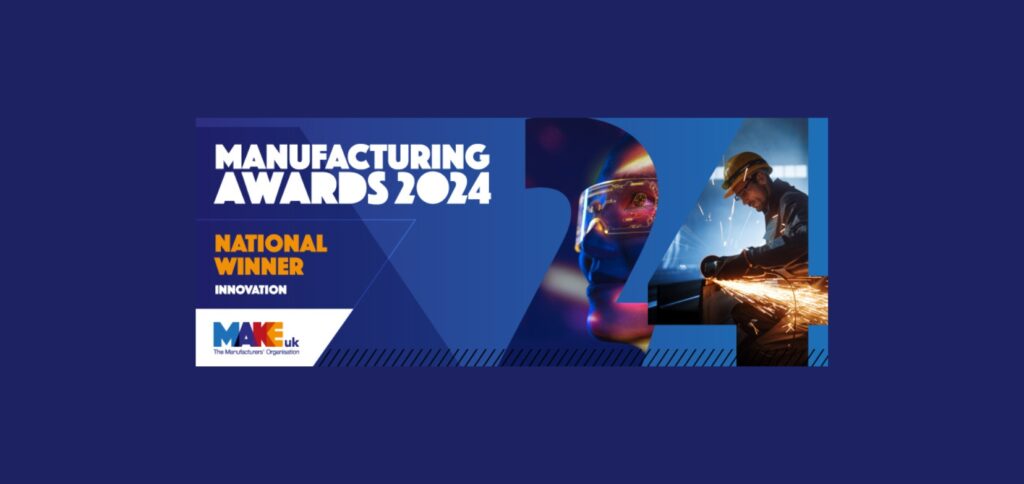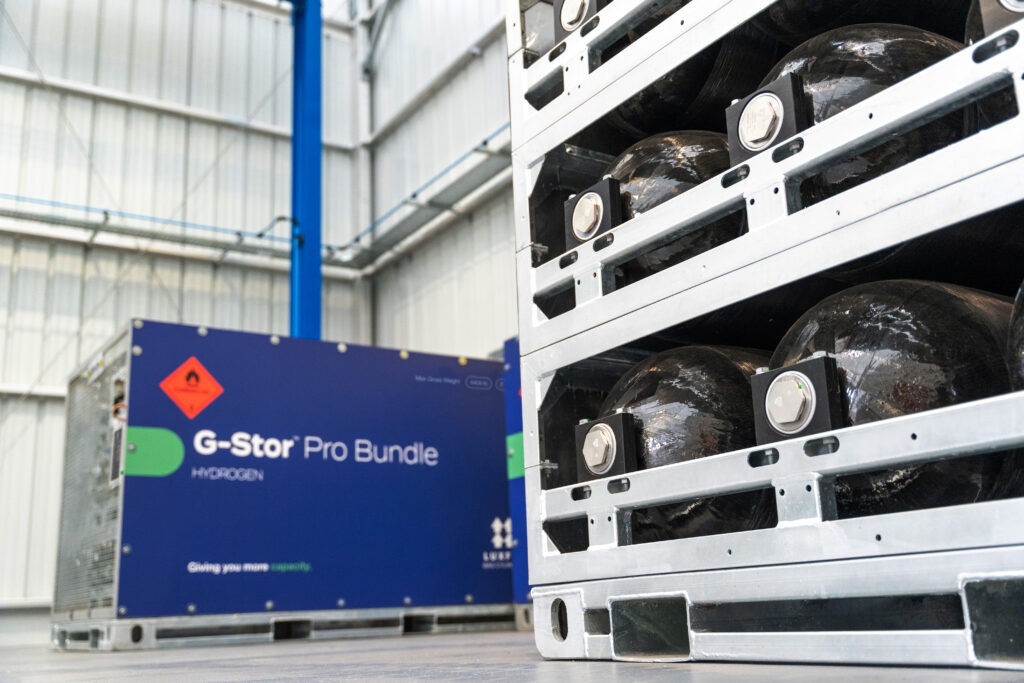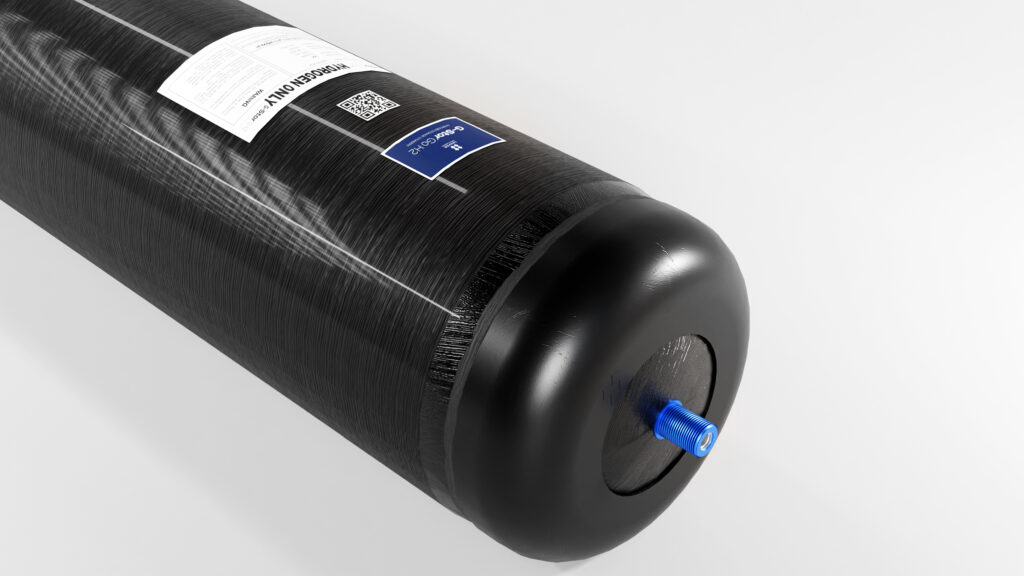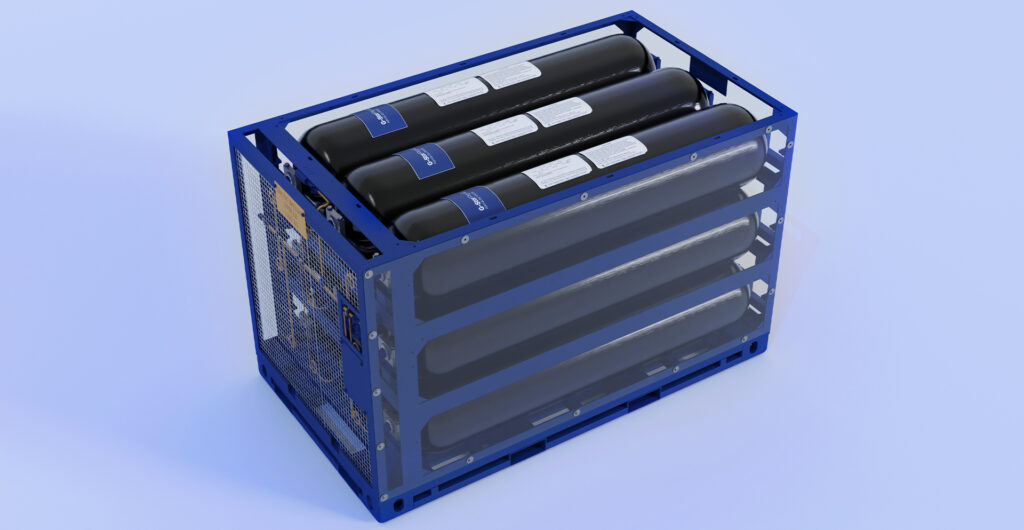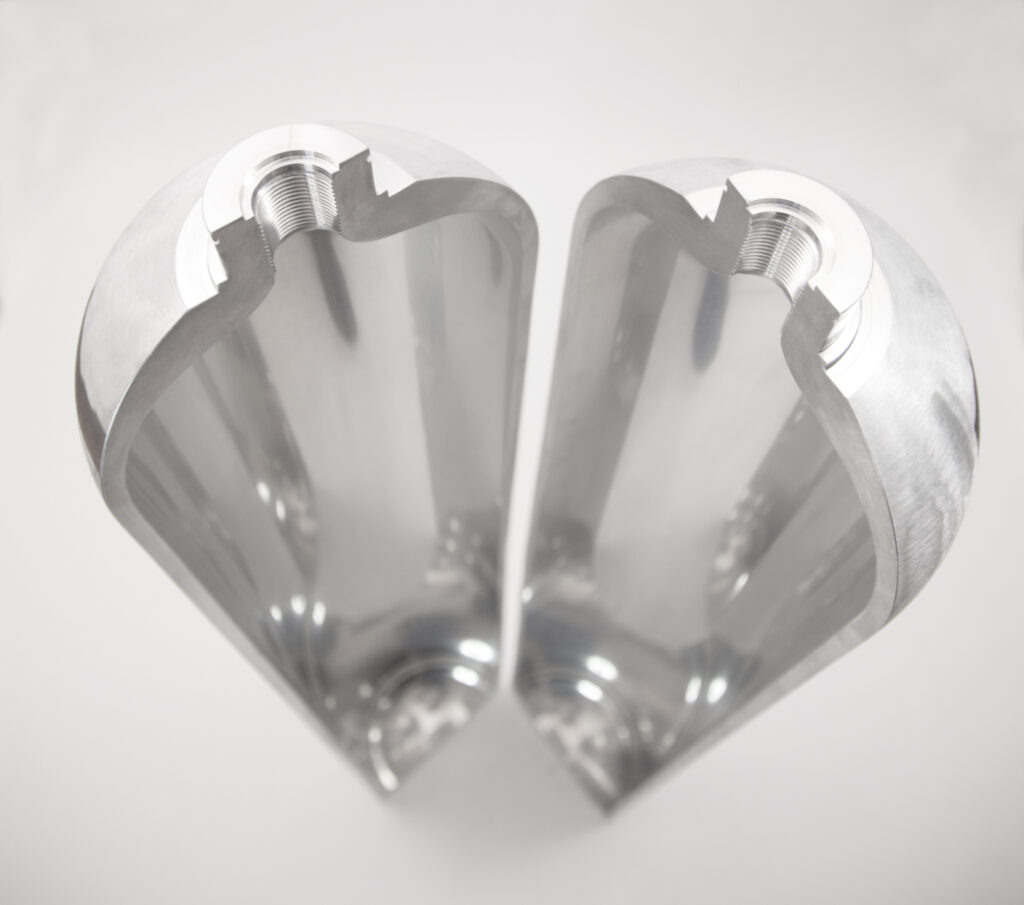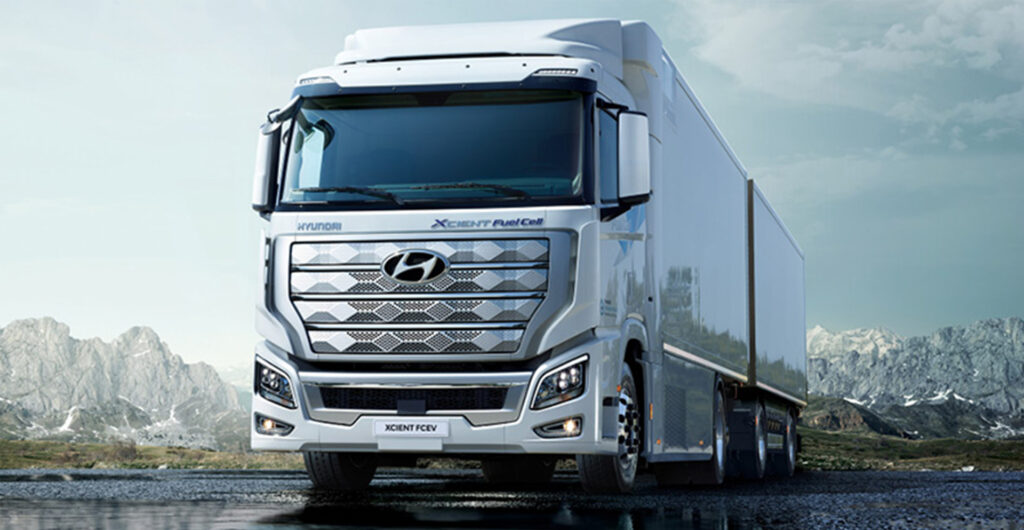US +1800 764 0366 | Europe & Middle East +44 (0)115 980 3800 | Asia-Pacific: +61 2 7227 5369
News:
Breaking down barriers: Apprenticeship programmes in Engineering and Manufacturing
The manufacturing industry faces a critical challenge – according to Make UK, more than a quarter of manufacturers expect to lose 10% of their workforce to retirement in the next five years. Katherine Rubin, Head of People and Culture at Luxfer Gas Cylinders, explains why apprenticeship programmes are vital to addressing talent shortages while promoting diversity, driving innovation, and ensuring sustainable growth.
Apprenticeships offer people of all ages the opportunity to launch or boost their careers in a wide range of industries. They combine education with hands-on experience, helping individuals gain valuable skills while contributing to business objectives. Government statistics show that there were 736,500 people participating in apprenticeships in England in 2023/24, with Engineering and Manufacturing Technologies accounting for 14.4%. This demonstrates the growing recognition of apprenticeships as a viable and dynamic career pathway.
Building skills to future-proof businesses
By investing in apprentices, companies can develop bespoke skills that align precisely with their operational needs. Like many companies across the UK, at Luxfer we require a certain set of skills. While our award-winning apprenticeship programme – two former apprentices have been recognised with awards from the British Compressed Gas Association (BCGA) – offers insight into the whole process, from cylinder manufacture and design, to marketing and HR, it is ultimately designed to equip participants with that desired skillset alongside technical expertise. This approach reduces dependency on external hiring and ensures a seamless transfer of knowledge from an experienced workforce to the next generation.
One of the greatest advantages of this method is the ability to address the acute skills gap in high-demand technical roles. Many sectors, including maintenance, engineering, and advanced manufacturing, struggle to find qualified candidates with the right skills and expertise. Designing apprenticeship programmes in line with this ensures that apprentices are equipped with the exact skills needed, building a robust and resilient workforce and ensuring those completing the programme are job-ready from day one.
The value of mature apprentices
Apprenticeships are not just for school leavers – mature apprentices bring life experience, resilience, and a fresh perspective to teams. While 23% of apprenticeship starts in England in 2023/24 were by those under 19, nearly half (48%) were aged 25 or older.
At Luxfer, shifting the apprenticeship joining age to 18+ allowed the introduction of shift work alongside mentors, contributing to improved retention and performance. Currently, all our apprentices have embraced the opportunity with a strong work ethic and a hunger to learn.
Their life experiences have accelerated their progress, showcasing how valuable mature apprentices can be. One former apprentice, now excelling in machine controls and drives, has taken on a pivotal role in continuous improvement projects – a testament to the growth potential apprenticeships can offer. In fact, we have 100% conversion for all trainees into permanent, full-time roles, with 6 apprentices joining permanently since 2020.
Encouraging diversity
Women remain underrepresented in many technical roles, including maintenance and engineering. While female apprentices made up 52% of all starts in 2023/24, they accounted for only 17% in the engineering and manufacturing sector. These numbers highlight the need for industry as a whole to strive to ensure equal opportunities for all, ensuring that recruitment decisions are based on talent and potential.
While our business does not see a barrier for young women applying, we recognise that more can and should be done to inspire not only women, but people of all ages, ethnicities, genders, abilities, and socioeconomic backgrounds, to explore technical career paths.
What makes a great apprentice
By combining classroom learning with real-world application, apprenticeship programmes cultivate the next generation of innovators and problem-solvers. They enable participants to learn to think critically, develop practical solutions, and gain the confidence needed to innovate, not only preparing them for their roles at individual organisations but also contributing to the broader industry’s evolution. By working alongside experienced professionals, they learn how to navigate challenges, contribute to projects, and collaborate effectively, building a strong foundation for long-term success.
However, central to ensuring that apprentices emerge as well-rounded professionals, equipped with all the skills needed to excel in their chosen fields, is finding the right candidates from the start. Regardless of industry, the key defining characteristic of a great apprentice is attitude. Those who approach tasks with enthusiasm, who are willing to learn, who take feedback constructively, and who are not afraid to ask questions, tend to thrive.
Apprenticeship programmes break down barriers, making opportunities accessible to individuals from all walks of life. By embracing diversity – whether in age, gender, or background – these programmes help fill skills gaps while enriching businesses with fresh perspectives and untapped potential. When companies invest in apprenticeships, they are not only securing their own futures but also contributing to a more equitable and innovative industry for all.

